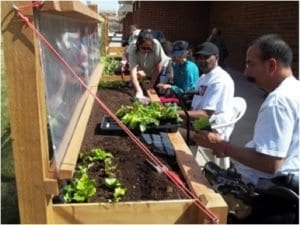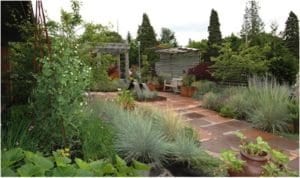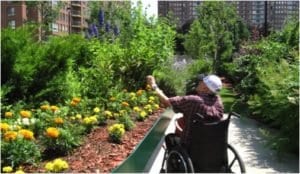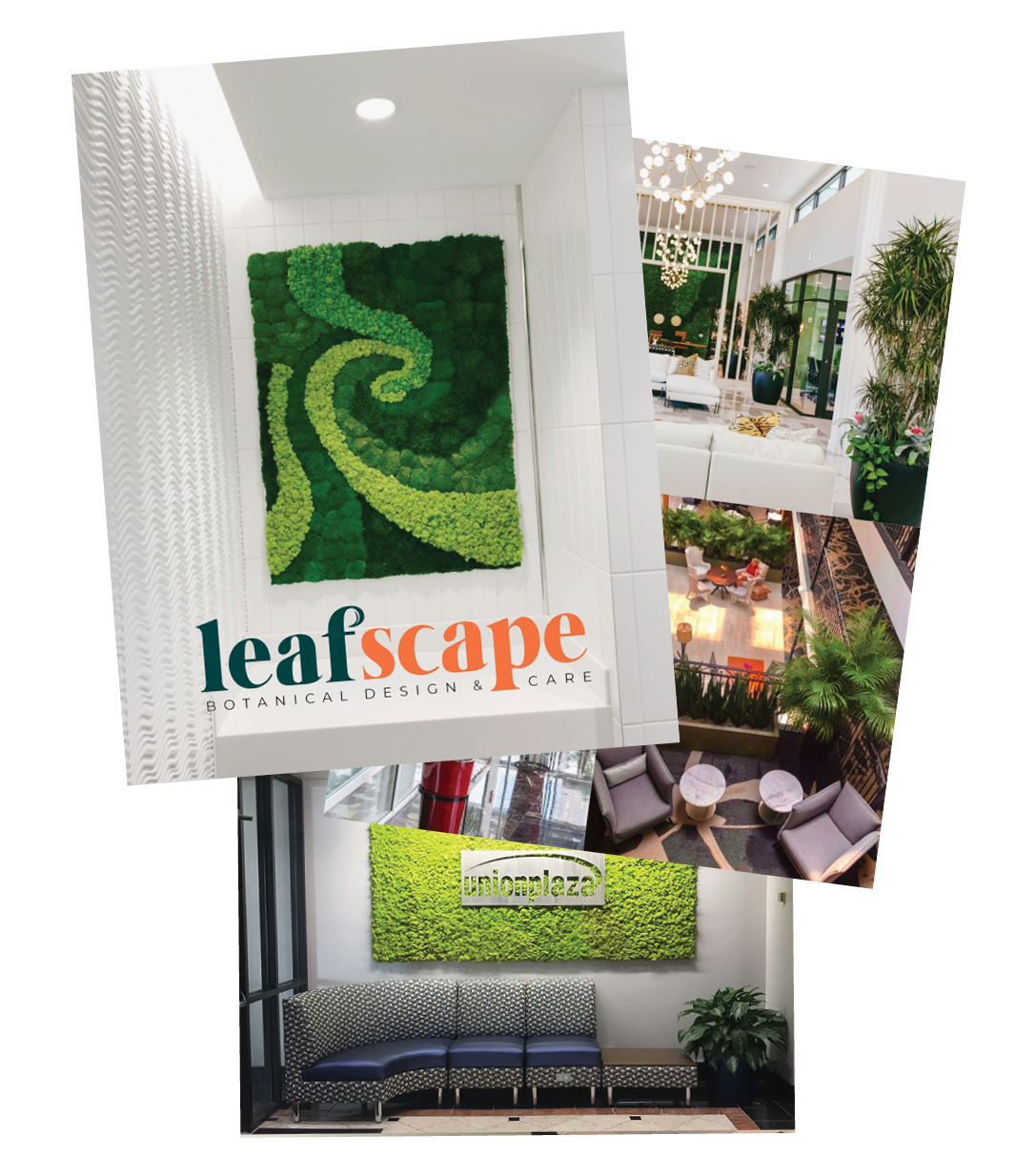Cultivating plants can make you feel better. For centuries, horticulture has been recognized for its therapeutic effects. The American Horticulture Therapy Association traces the history of this organic treatment back to ancient Egypt where physicians prescribed garden walks for those suffering from “mental disturbance.”
The healing power of plants is acknowledged in both primitive and advanced civilizations throughout the world. During the Middle Ages, monastery hospitals cultivated therapy gardens. Many of the plants were used for medicine, but the primary purpose was to brighten melancholy moods. St. Bernard (1090-1153) was an early proponent of the therapy garden, writing:
The sick man sits upon the green lawn… for the comfort of his pain, all kinds of grass are fragrant in his nostrils. The lovely green of herb and tree nourishes his eyes… The choir of painted birds caresses his ears… the earth breathes with fruitfulness, and the invalid himself with eyes, ears, and nostrils, dinks in the delights of colors, songs, and perfumes.”

Dr. Benjamin Rush believed that “digging in the dirt” had curative effects.
Therapy gardens were “rediscovered” in the late 18th century (right here in the U.S.!) by Dr. Benjamin Rush. He reestablished the institutional garden and made the connection between farming and his patient’s health. While serving as a professor at the University of Pennsylvania in 1798, Rush noticed the positive effect gardening had on his patients. He wrote, “… digging in the soil seemed to have a curative effect. …” After this discovery, the good doctor encouraged more of his patients to get their hands dirty.

A modern-day therapeutic garden • Image courtesy of TimberPress.com.
Rush wasn’t the only medical professional at the time to prescribe nature visits. His observations on health and gardening were part of a general wellness trend sweeping Europe and North America – that’s when towns like Hot Springs and Eureka Springs boomed as people traveled the country seeking “healing” waters and other natural therapeutic treatments.
As doctors refined medicine and made groundbreaking discoveries, architectural advancements made construction of health institutions more cost-effective and the therapy garden fell out of favor. It wasn’t until the 1940s and 50s when the treatment of hospitalized war veterans increased acceptance for the therapy. Today, horticulture therapy is wholly accepted within a wide swath of rehabilitative, vocational and community settings.

The Toronto Botanical Garden is a certified horticultural therapy garden.
Working in a therapy garden improves memory, cognitive abilities, language skills, motor skills and socialization, not mention it lowers stress levels. In physical therapy, gardening helps strengthen muscles and improve coordination, balance and endurance. Through vocational therapy, horticulture helps teach problem-solving skills and promotes independent work practices. Children working in gardens gain hands-on experience, learning about the origins of food while forging a connection with nature and the environment.
Leafscape believes in the healing power of gardens. Our interior landscapes create calming environments in a number of therapeutic and educational settings, including hospitals, clinics, doctors’ offices, schools and universities. Let our Green Team create an indoor garden to bring peace and tranquility to your business’ space.

The Toronto Botanical Garden is a certified horticultural therapy garden.
**
Horticultural therapists are specially trained and credentialed in the use of horticulture for rehabilitation. For more about the benefit of therapy gardens, visit the American Horticulture Therapy Association.
**
Source: The Role and Application of Horticultural Therapy With Institutionalized Older People, Mary Jane McDowell, 1997, pp. 21-24; American Horticulture Therapy Association.

